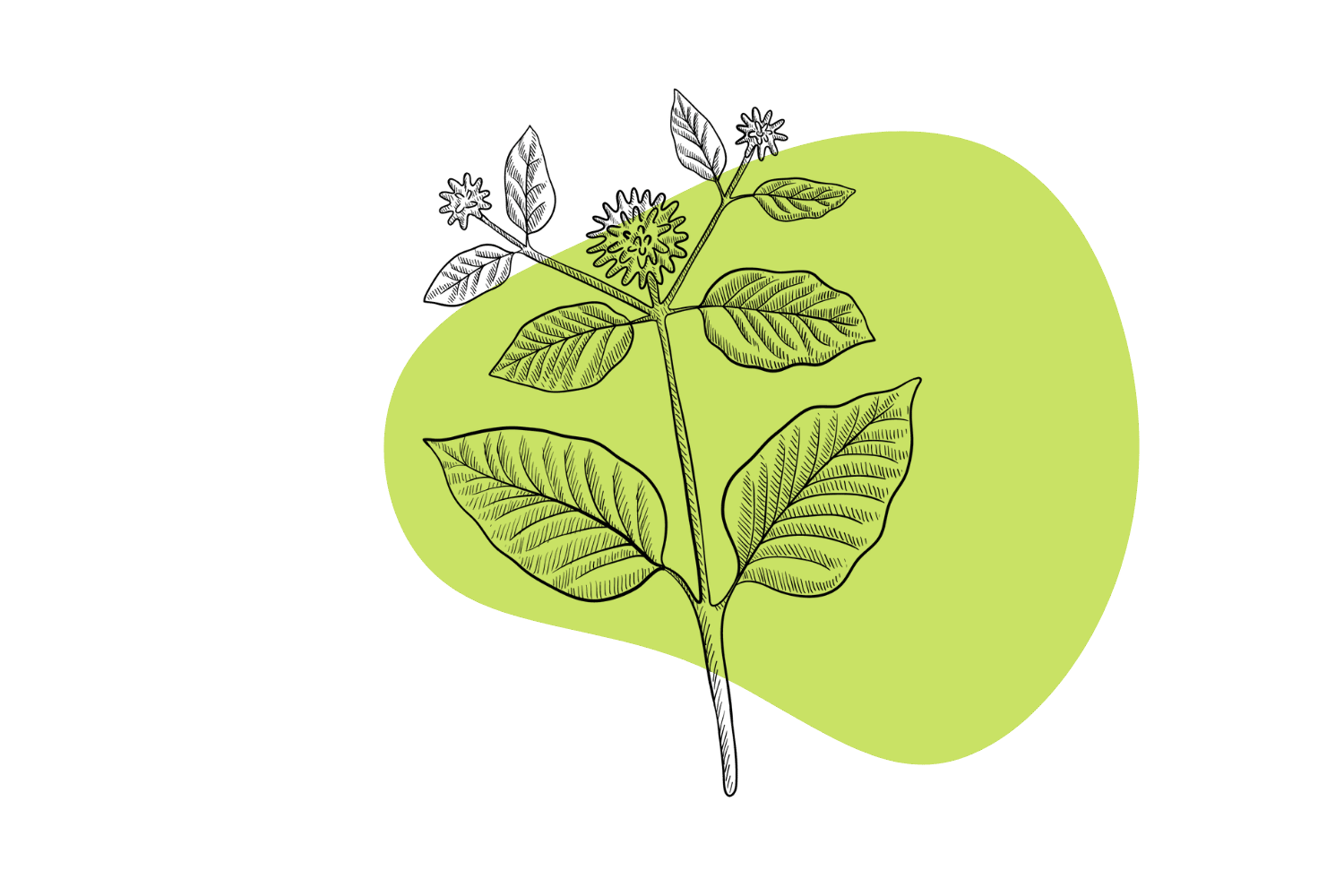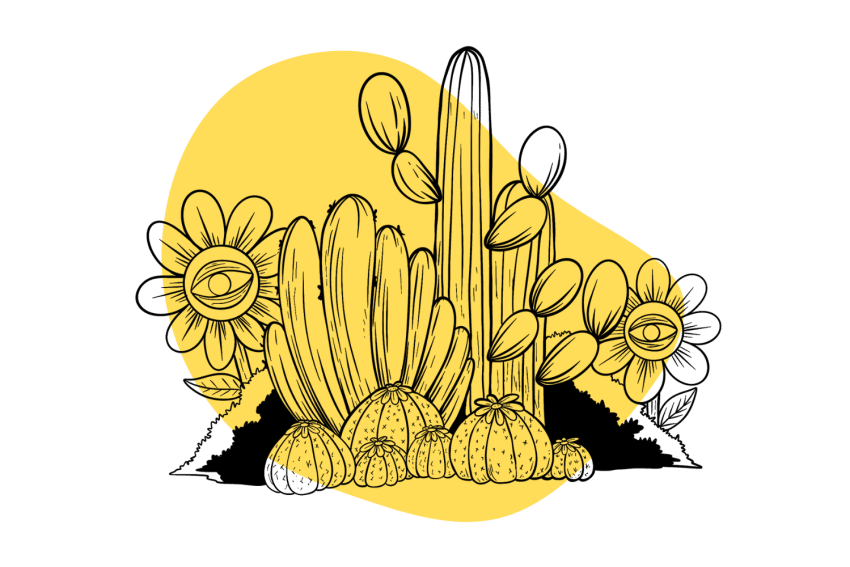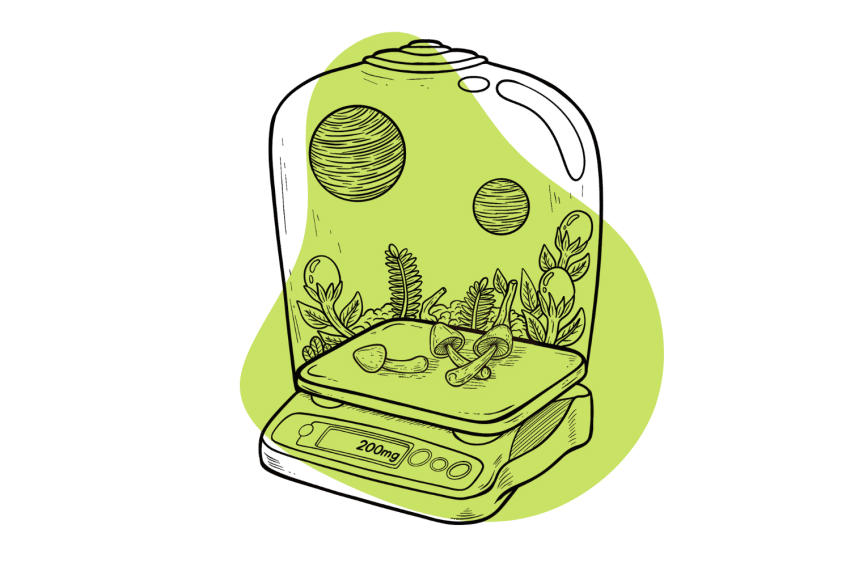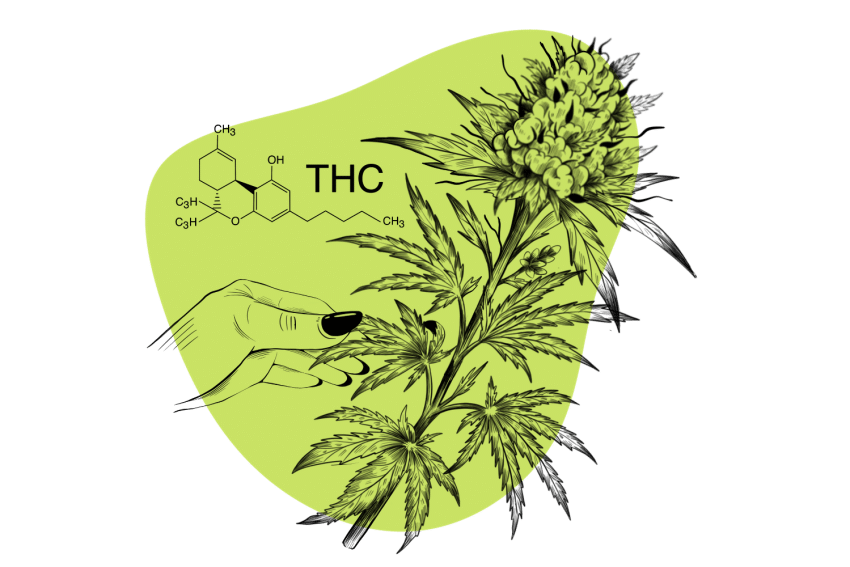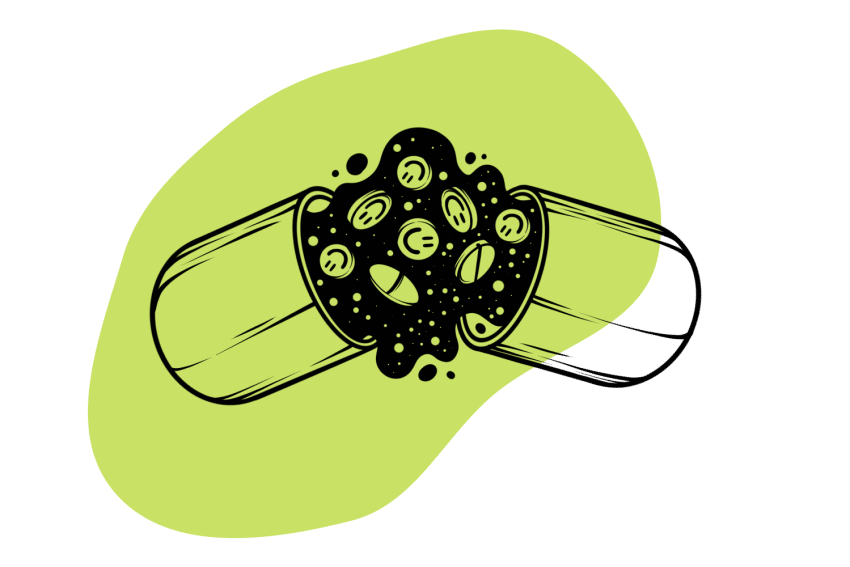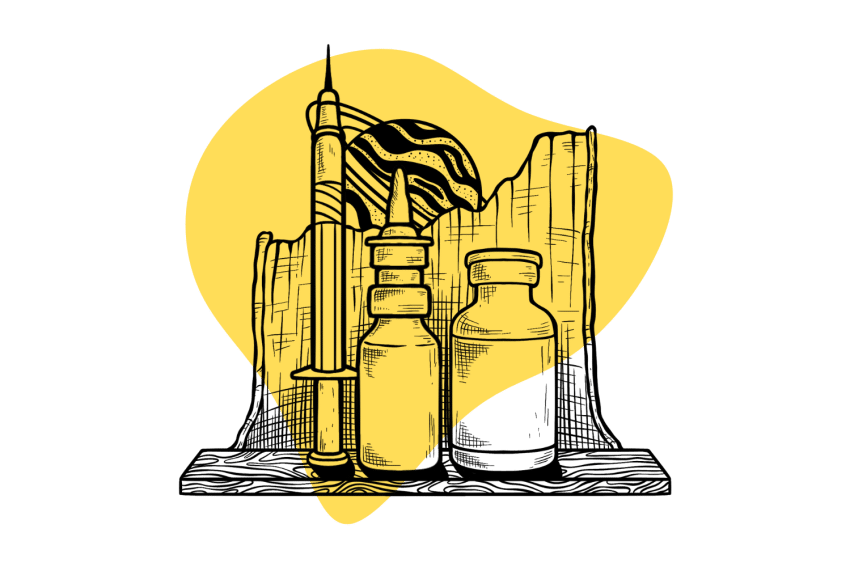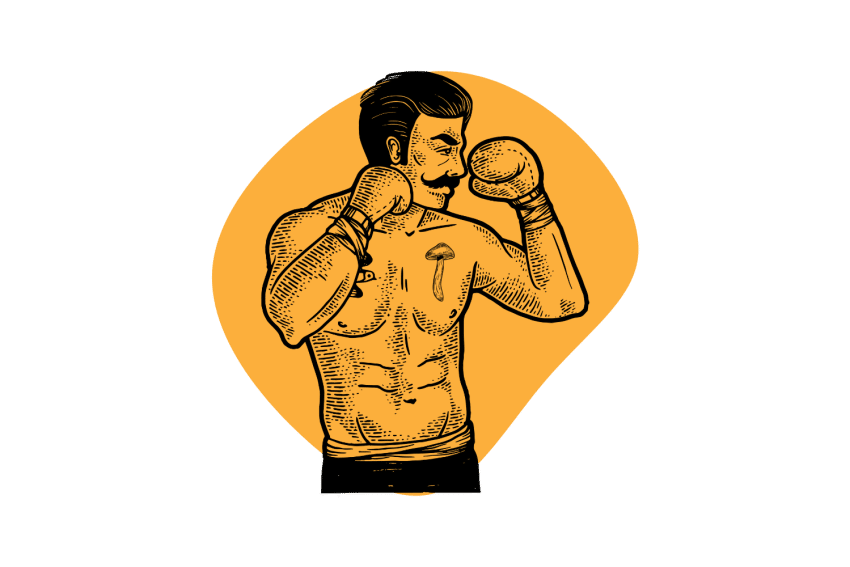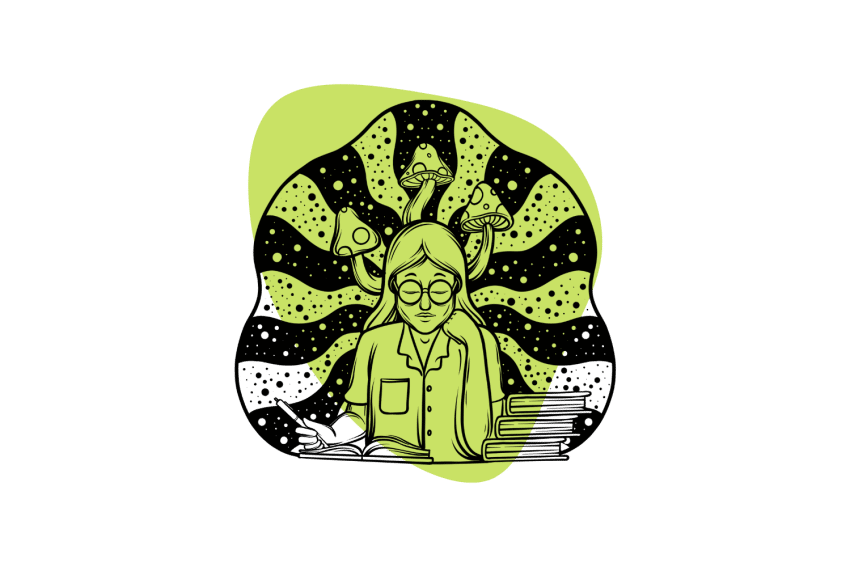From Cacti to Capsules: How to Safely Microdose Mescaline
We know what larger amounts of mescaline do; now, let’s look at the mighty effects of microdoses.
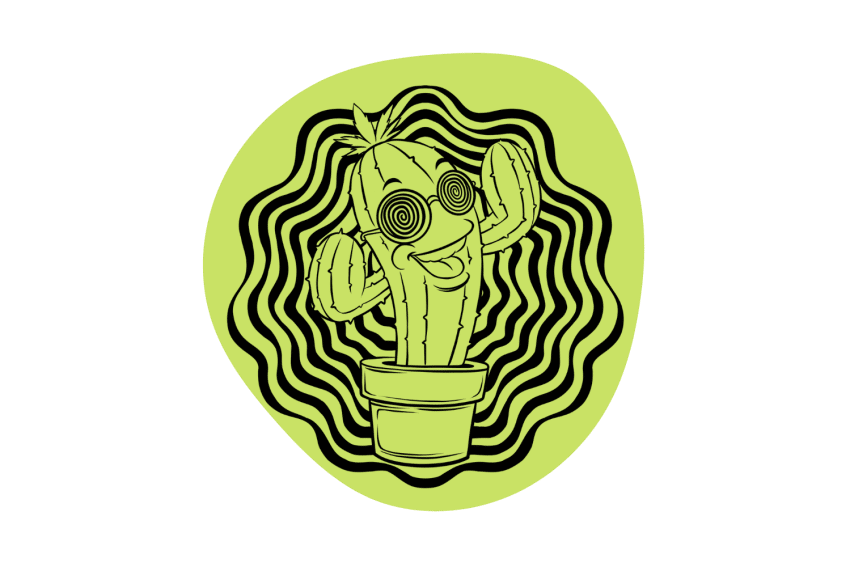
The practice of microdosing has taken the world by storm — and for good reason.
Research is limited, but anecdotal evidence overwhelmingly supports the benefits of taking small doses of mescaline — the active ingredient in the peyote and San Pedro cacti.
The most common substances for microdosing are LSD (lysergic acid diethylamide) and psilocybin (the active ingredient in magic mushrooms). Mescaline is underrated but offers virtually identical benefits, plus a few others — like bolstering empathy and connection with others and achieving deeper states of meditation and self-awareness.
So, what’s involved with microdosing mescaline? Let’s dive into the nuances of this amazing substance. We’ll cover what the current research says, what the alleged benefits are, what dose constitutes a microdose, what risks to be aware of, and how mescaline compares to LSD or magic mushrooms.
Microdosing Mescaline
Psychedelic microdosing involves taking doses of psychoactive drugs so small you won’t feel their effects. Instead of launching yourself into a full-blown psychedelic experience, the purpose is to produce small cognitive changes that can help with day-to-day life.
The typical definition boils down to around 10% of a psychoactive dose.
Most people microdose every few days for several weeks or months. It works best with other lifestyle changes that improve one’s daily habits.
What Are the Benefits of Microdosing?
Microdosing mescaline offers similar benefits to LSD and magic mushrooms. People most commonly microdose for the following reasons:
- Boost creativity
- Facilitate productive flow states
- Improve mood
- Bolster empathy and connection with others
- Achieve deeper states of meditation and self-awareness
- Establish new habits and cognitive patterns
However, is the practice effective? There’s no science to back it up yet, but plenty of anecdotal evidence suggests it is.
A recent study in the Harm Reduction Journal sought to figure out why people took microdoses of psychedelics like mescaline.
In this study, 278 respondents taking a variety of psychedelics responded to a survey with their personal testimony. These questions regarded the topic of what microdosing helps them with — in their opinion.
The following list is the response of these participants. It’s important to keep in mind that this is not a scientific evaluation but, rather, a self-reported benefit of the microdose experience.

While readers should not consider this proof of effectiveness per se, these are the perceived benefits that proponents of microdosing claim to experience [4]:
- Improved Mood — 26%
- Better Focus — 14.8%
- Higher Levels of Creativity — 12.9%
- Improvements in “Self-Efficacy” — 11.3% (note: this refers to things like improving your motivation and ambition as well as how productive or “effective” your actions are.)
- Increased Energy — 10.5%
- Better Sociability — 7.6%
- Higher Cognitive Ability — 5.8%
- Reduction in Anxiety — 4.2%
- Visual / Physiological Enhancement — 3%
- Other Benefits — 2.2%
- Reduction of Other Symptoms — 1.1%
Some seek out microdosing as a possible treatment for their attention, depression, and anxiety disorders. While there have been some anecdotal reports of success with this, it’s vital to never attempt this on your own.
Never give up or change your medication without the express permission of your physician or therapist.
Effects: What Does Microdosing Mescaline Feel Like?
If you’re microdosing correctly, you shouldn’t be feeling much of anything. Microdosing is mostly characterized by a lack of anxiety, a general sense of clarity, and a smoother overall demeanor.
If you’re “feeling” the effects, you’ve likely taken more than a microdose!
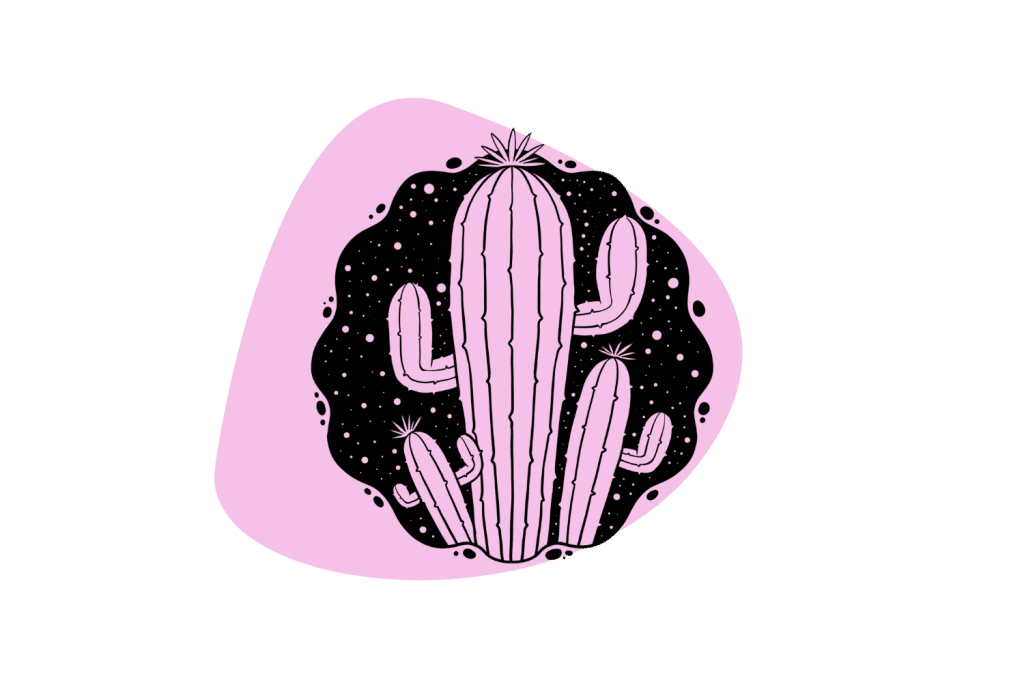
People generally feel calmer when microdosing and have an increased interest in life’s activities, more energy, and a more sociable attitude.
Dosage: How Much Mescaline to Take For a Microdose
There are several different forms of mescaline — each one requires some changes in dosing. Since it naturally occurs in many kinds of cacti, it can be as easy as eating a little bit of a cactus every day — though, be warned, the taste is not something you’ll grow to love.
Below is a breakdown of some of the different types of mescaline out there and what it means to use them for a microdose.
Mescaline Dosage Chart: Microdosing
| Source | Microdose |
| Peyote | 1 gram |
| San Pedro (Huachuma) | 1-2 grams |
| Peruvian Torch | 5–10 grams |
| Pure Mescaline | 10–40 milligrams |
Microdosing Mescaline Isolate
Microdose levels: 10–40 milligrams
Mescaline isolate is one of the easiest ways to consume your mescaline microdose. This consists of small amounts of powder that you can easily put into a shot glass and shoot back with water or juice.
Some also like the isolate because they can add it to their morning cup of coffee or smoothie.
You can also make mescaline microdose capsules using raw isolate powder.
If you’re using this form of mescaline, test a sample of the powder with a test kit to ensure it’s safe and pure.
Microdosing San Pedro Cactus (Echinopsis pachanoi)
Microdose Levels (dried): 1–2 grams
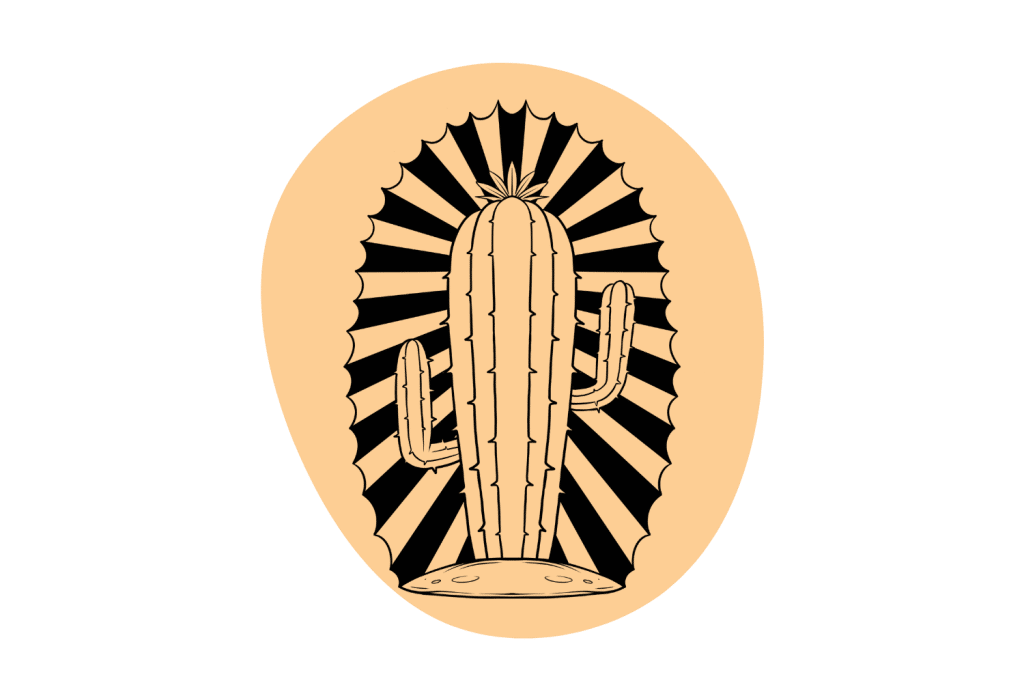
San Pedro grows very fast, but its mescaline content is much more comparable to peyote than Peruvian Torch. San Pedro is legal to buy, own, and grow, though it’s still technically illegal to consume — these facts make it a popular option.
The mescaline content is lower than peyote — you’ll need to take about twice as much to get the same effects. In the case of microdoses, this isn’t much of a problem.
You can take san pedro cactus powder by filling it into capsules (you’ll need about 2 or 3 standard 00 capsules for a single 1–2 gram dose) or mixing the bitter powder with some water or juice.
Microdosing Peyote (Lophophora williamsii)
Microdose Levels (dried): 1 gram
Peyote is by far the most popular mescaline-containing cacti. While concentrations vary from cactus to cactus, peyote is much stronger than the other options by volume.
That popularity is a double-edged sword, however. As more people find interest in mescaline and turn to peyote, it is at risk of endangerment. For this reason — and because it’s illegal to buy or own — we recommend either the isolate or san pedro cactus as your source of mescaline instead.
You can take peyote by eating small chunks of the dried buttons or mixing the powder into water or juice.
Be warned: none of these cacti taste very good; you’ll want to chase the taste back with something.
Microdosing Peruvian Torch Cactus (Echinopsis peruviana)
Microdose Levels (dried): 5–15 grams
Many love this cactus for its ability to grow fast, but it also contains the least amount of mescaline compared to the other options, so you’ll have to consume more.
That said, this is a legal cactus to own and grow, but it’s still illegal to consume or extract it. Regardless, this cactus is easy to get your hands on in most parts of the world.
You may even find this cactus at a local Home Depot or garden shop!
Frequency: How Often Should You Microdose Mescaline?
There are three different schools of thought when it comes to how frequently you microdose. Ultimately, it’s up to each individual to feel out the right schedule for themselves.
As far as the most common options go, these include:
- Dose, break, break (AKA the “Dr. Fadiman Standard”)
- A week on, a week off
- Work days only (5 on, 2 off)
The main thing to keep in mind is that it’s important to take breaks. Most psychedelics build tolerance quickly, so it’s important to give enough time for the drug to leave your system fully, or you’ll miss out on its benefits.
Safety: Microdosing Mescaline
There’s no reason to expect mescaline to be dangerous at any level of regular use. Scientific reporting suggests a similar safety profile to other psychedelics — noting a particularly low potential for overdose and abuse [2].
The LD50 of mescaline — or the amount you would have to consume for half of the people doing so to die — would be “incredibly difficult for anyone to be able to consume” [3]. No exact LD50 has been identified with mescaline, but studies in humans involving doses as high as 800 mg were well-tolerated.
To put this into perspective, the standard psychedelic dose of mescaline is just 200 mg, and a microdose is closer to 20 mg.
While it’s unlikely for someone to overdose on mescaline, that doesn’t mean it’s perfectly safe.
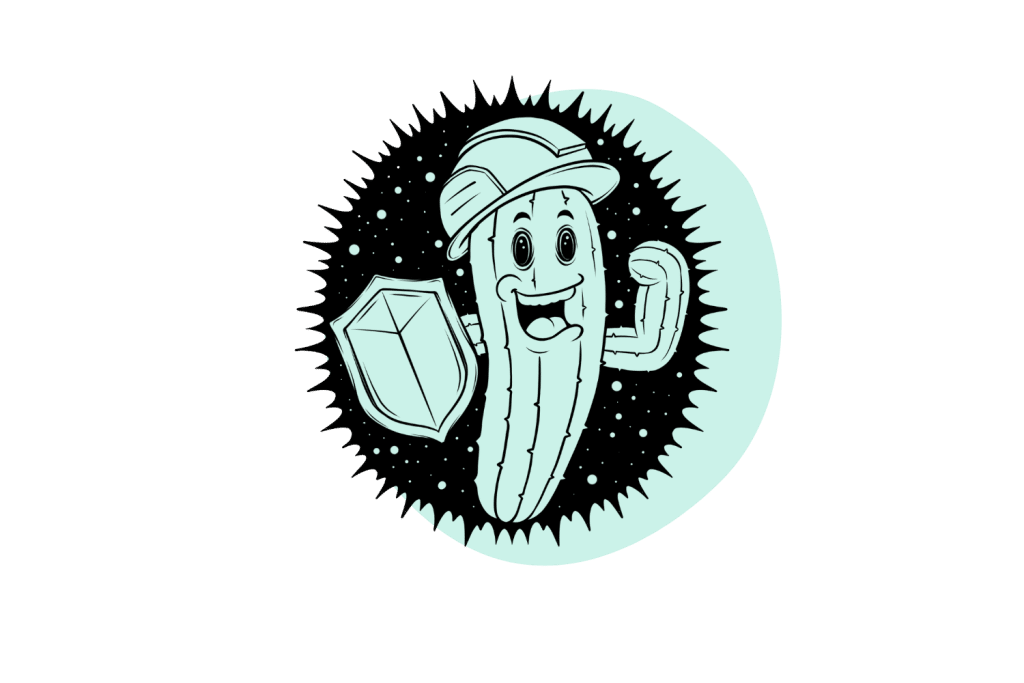
All psychedelics carry some potential side effects. Most of these are cognitive (anxiety, paranoia), but some are physical (vasoconstriction and increased heart rate).
Typically, the physical impact of mescaline is no more serious than exercise (increased heart rate and elevated blood pressure).
However, in those with a weak heart or who are taking drugs that alter heart rate and blood pressure, mescaline could increase the risk of adverse side effects.
The other risk when it comes to psychedelics concerns mental health. Research is still unclear on the impacts, but mescaline could worsen symptoms of schizophrenia, bipolar disorder, or other pre-existing mental health disorders.
In very rare cases, it’s led to a condition called hallucinogen-persisting perception disorder (HPPD) — which involves hallucinations lasting weeks, months, or even years after the experience.
These are very unlikely when used in microdoses — but the risks are still valid.
Always consult a mental health professional if you have a mental health condition and want to try psychedelics at any dose.
Medications to Avoid Mixing With Mescaline
Though it is safe on its own, certain medications can have adverse reactions when combined with mescaline. With such little research on the topic, it’s wise to avoid mescaline if you’re on any prescription medications until you’ve spoken with your doctor.
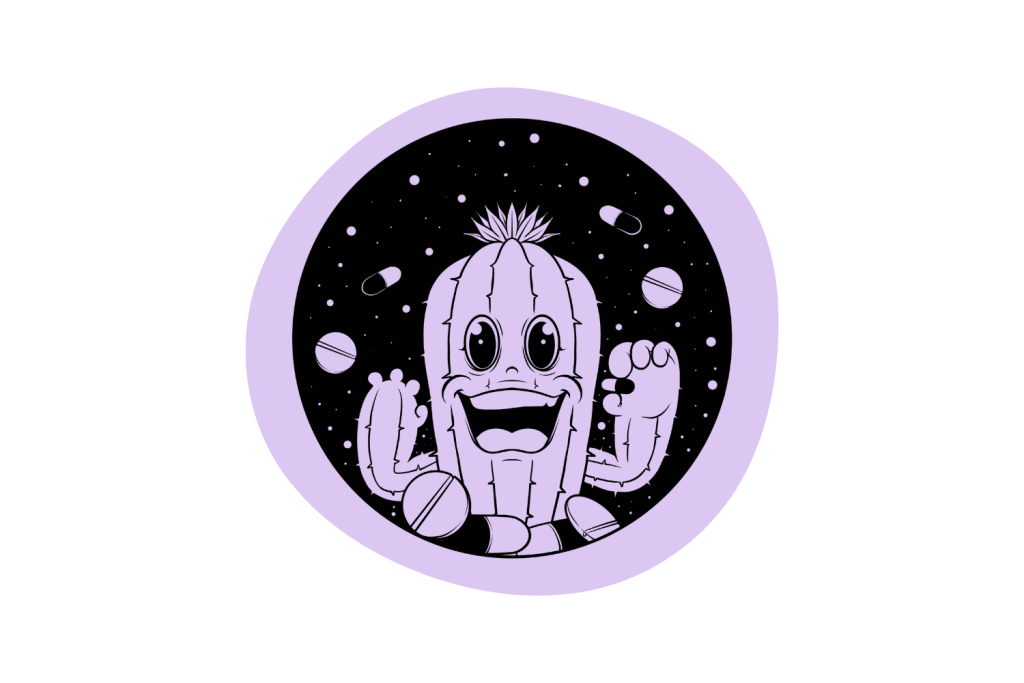
Smaller doses of mescaline make the likelihood of an adverse reaction unlikely — but not impossible.
In particular, avoid mescaline if you are using any of the following types of medications:
- Antidepressants — mescaline may slow the metabolism of antidepressant drugs, inhibit their functions, and increase the risk of serotonin syndrome (a serious condition).
- Antipsychotics — mescaline could interfere with these drugs’ ability to function and may worsen the underlying conditions being treated.
- Cardiac medications — mescaline could prevent these drugs from doing their job or increase the chances of side effects.
- Stimulants such as amphetamines — these compounds significantly increase the risk of cardiac side effects and anxiety.
- Monoamine Oxidase Enzyme Inhibitors (MAOIs) — these compounds could increase the potency of mescaline, resulting in psychoactive effects.
- Alcohol — taking alcohol or GHB with psychedelics dulls their effects and negates most benefits.
- Benzodiazepines — this drug class is often used as a trip killer because it can block the effects of psychedelics like mescaline.
- Dissociative drugs such as arylcyclohexylamines — these drugs can significantly increase the risk of delusions, excessive stimulation, and HPPD when combined with other psychedelics.
The Importance of Setting Intentions When Microdosing
Peyote is considered sacred to the indigenous groups that use it (mostly around the Southern US and Mexico). This plant has meant a great deal to them and their ancestors for thousands of years.
Peyote is typically used in ceremonies for healing — physical, mental, and spiritual.
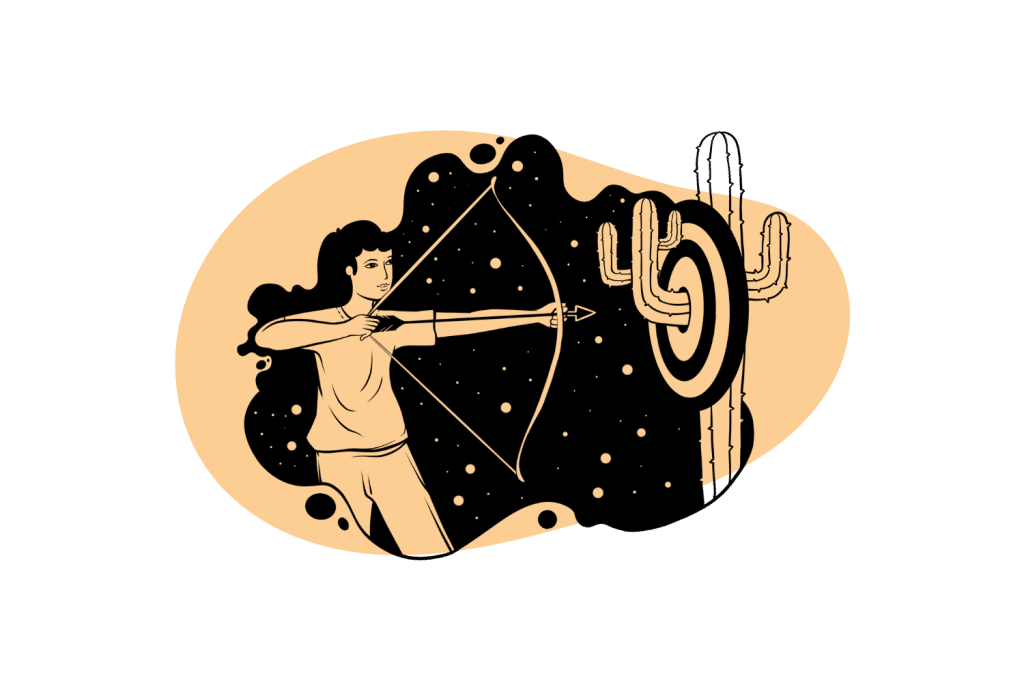
It’s important to keep that sacred nature in mind when consuming peyote or any other form of mescaline. This is a substantial substance with profound qualities.
To that end, as we will soon discuss, there is an abundance of reasons why people microdose mescaline. Regardless of the purpose, it’s important to approach the microdose experience with the same sense of holiness you’d attempt a macrodose.
The mindset behind a psychedelic experience is as vital for microdosing as for large-dose ceremonies.
Mescaline vs. LSD vs. Psilocybin: Microdoses
Mescaline is distinct from other classical psychedelics in its chemical structure, but its effects are almost identical.
Compared to LSD and psilocybin, mescaline is slightly more energizing and has a more “grounding” nature.
That said, each person has a different physiological makeup, and psychedelics can affect each person in unique ways.
The meaning is “in the eye of the beholder,” and different people will have different outcomes from different drugs.
Mescaline 101: Effects, Mechanism of Action, & Risks
Mescaline (3,4,5-trimethoxyphenethylamine) was the first psychedelic compound scientists isolated — this happened back in 1896 [1].
It was isolated from a species of cactus (peyote) found growing in the Southern United States and Mexico. This cactus has been used for ceremonial purposes by the Native Americans for centuries and is considered sacred.
There are other sources of mescaline — such as the San Pedro cactus and Peruvian torch cactus — both of which grow further south in Central and South America.
Mescaline is available as a pure, isolated (synthetic) powder.
The effects of mescaline bear a striking resemblance to other classical psychedelics, including LSD, psilocybin, and DMT. However, mescaline is unique because it’s classified as a phenethylamine rather than a tryptamine like these other compounds.
How Does Mescaline Work?
Mescaline has a similar mechanism of action to other classical psychedelics. Along with LSD, DMT, and psilocin, mescaline will stimulate the 5-HT2A and 5-HT2C receptors.
These areas typically read signals from serotonin — a neurotransmitter with a molecular structure similar to many psychedelics.
Altering 5-HT2C receptors, in particular, accounts for the bulk of what we know as the psychedelic experience.
There are lots of interesting theories on how this works, such as the entropic brain theory put forward by Dr. Carhart-Harris.
In this theory, it’s believed that psychedelics inhibit a brain system called the default mode network (DMN), which acts as a reducing valve in the brain to limit the flow of information around the brain. By limiting this network, images, emotions, and feelings are free to flow up to the higher cognitive centers where consciousness is perceived.
Psychedelics’ effects become more complicated when considering the numerous other receptors they interact with. Mescaline, for example, interacts with various serotonin receptors as well as dopamine, norepinephrine, TAAR1, and more.
Does Microdosing Work? What Does the Research Say?
It’s important to note that research is still slim on microdosing and its effectiveness. While it’s unlikely that research will find microdosing to be harmful, there are conflicting reports on its effectiveness.
One study involved 191 participants who overwhelmingly reported effects that were not greater than the placebo [5]. This particular study found it ineffective as a medication on its own, but this is far from conclusive.
Though the work of this study was important, there were several concerns with it. Namely:
- The sample size — 191 participants is quite small and far from definitive.
- Sourcing — Participants had to source their own drugs, leading to varied potency and effectiveness.
- Drug Type — This study was open to all drug types and amounts at the discretion of the participants.
- Previous Experience — One inclusion criterion for participants was that they had previous experience with psychedelics. This may give them a greater idea of what to expect and strengthen the placebo effect.
This report was definitely compelling, and I have no intention of throwing it away. It’s an important first step in understanding whether microdosing is effective — I simply don’t believe it’s conclusive.
Neither, by the way, are the other studies that report positive findings — these have problems of their own. Whether the benefits come from the placebo effect or the substance might not even be an essential question to answer. Only one thing seems clear: many believe their lives to be better thanks to the practice.
Micro vs. Macrodosing: What’s the Difference?
The vast majority of research on psychedelics revolves around high doses of these drugs. While microdosing could have positive effects, it often does not convey the whole story that the plant or substance is trying to teach.
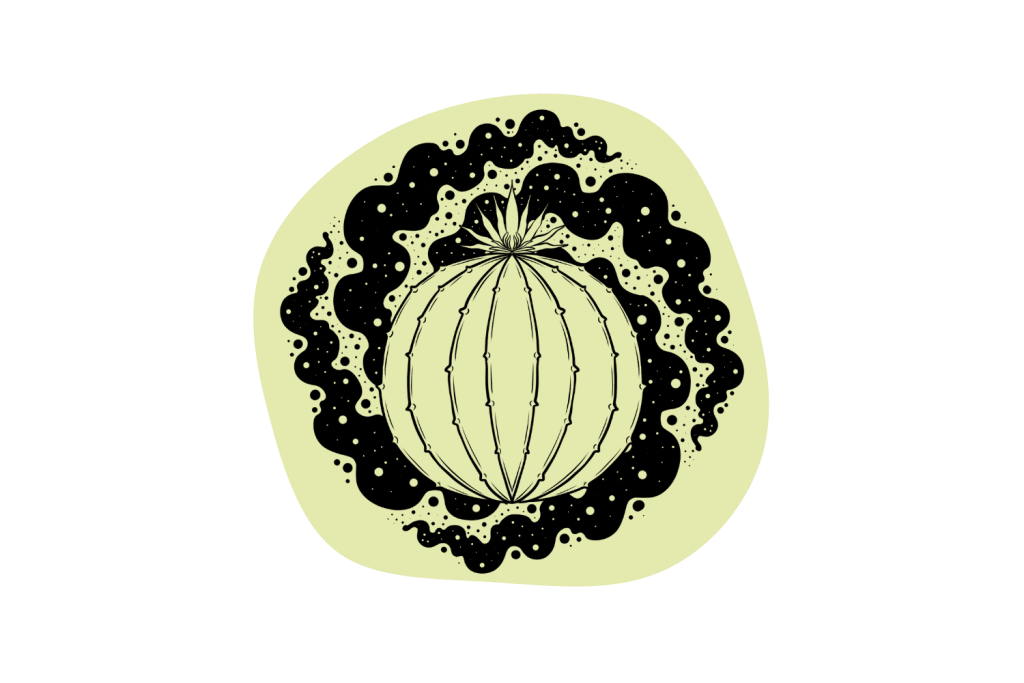
Put another way — there is nothing wrong with taking something to help get through the day-to-day, but it’s also a good idea to periodically step outside the calendar altogether. We recommend considering a larger-dose session to let the psychedelic speak to you “a little louder.”
References
- Gurschler, I. (2019). The fourfold discovery of Mescaline (1896–1919). Monatshefte für Chemie-Chemical Monthly, 150(5), 941-947.
- Uthaug, M. V., Davis, A. K., Haas, T. F., Davis, D., Dolan, S. B., Lancelotta, R., … & Ramaekers, J. G. (2022). The epidemiology of mescaline use: Pattern of use, motivations for consumption, and perceived consequences, benefits, and acute and enduring subjective effects. Journal of psychopharmacology, 36(3), 309-320.
- Dinis-Oliveira, R. J., Pereira, C. L., & da Silva, D. D. (2019). Pharmacokinetic and pharmacodynamic aspects of peyote and mescaline: clinical and forensic repercussions. Current molecular pharmacology, 12(3), 184.
- Anderson, T., Petranker, R., Christopher, A., Rosenbaum, D., Weissman, C., Dinh-Williams, L. A., … & Hapke, E. (2019). Psychedelic microdosing benefits and challenges: an empirical codebook. Harm reduction journal, 16(1), 1-10.
- Szigeti, B., Kartner, L., Blemings, A., Rosas, F., Feilding, A., Nutt, D. J., … & Erritzoe, D. (2021). Self-blinding citizen science to explore psychedelic microdosing. Elife, 10, e62878.

